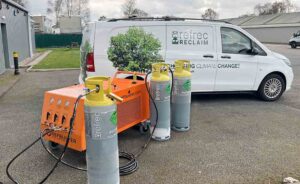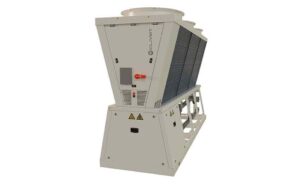Tests begin on 15 new refrigerants
25th December 2014 USA: The influential AHRI has announced tests on 15 new refrigerants and the launch of a new study of the flammability of A2L refrigerants.
USA: The influential AHRI has announced tests on 15 new refrigerants and the launch of a new study of the flammability of A2L refrigerants.
Tests are already said to be underway on the new refrigerants at 22 sites in the United States, Europe, Asia, and South America. They form part of Phase ll of the AHRI’s Low GWP Alternative Refrigerants Evaluation Programme.
Twelve compressors will be tested in Phase II, in addition to 14 air conditioning products, including air conditioners, heat pumps, rooftop units, and water chillers. Phase II also includes testing of five refrigeration products. Eight test plans include equipment performance testing under high ambient conditions.
Test plans from other interested parties will continue to be accepted up until April 10, 2015. Companies interested in conducting tests are encouraged to contact AHRI staff directly to request a copy of the Participants’ Handbook for test protocols, plan submission, and a list of available refrigerants.
This ongoing industry-wide cooperative research program is designed identify and evaluate promising alternative refrigerants for major product categories, including air conditioners, heat pumps and heat pump water heaters, chillers, ice makers, and refrigeration equipment.
Phase l completed last year comprised 40 separate tests across a wide range of refrigerants and applications.
Under AHRI-8017, the Institute will conduct a study in 2015 to evaluate the energy produced by potential ignition sources in residential and commercial applications relative to minimum ignition energy of a list of A2L refrigerants, and investigate the likelihood of the ignition sources igniting the refrigerants.
The Air-conditioning, Heating and Refrigeration Institute will also conduct a review of global refrigerant recycling programmes. AHRI-8018 will identify the types of refrigerant recycling programmes implemented in different regions of the world, and compare their effectiveness and success to those in the USA. Results of this research is designed to provide guidance on estimating refrigerant emissions during the end-of-life recycling process.







